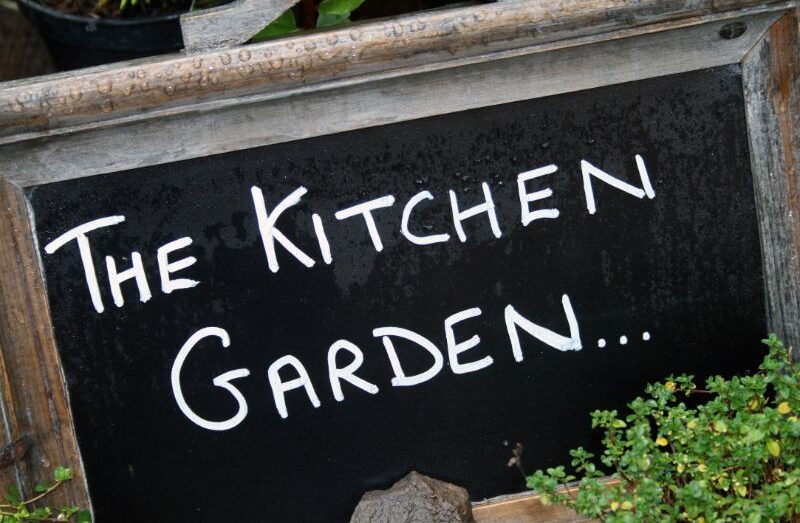
A kitchen garden, also known as a home garden or vegetable garden, is a dedicated space where you can grow your own herbs, vegetables, and fruits. This not only provides a fresh supply of produce but also brings joy, satisfaction, and a deeper connection to your food. Whether you have a large backyard or just a small balcony, you can create a kitchen garden that suits your space and needs.
Here’s how to get started:
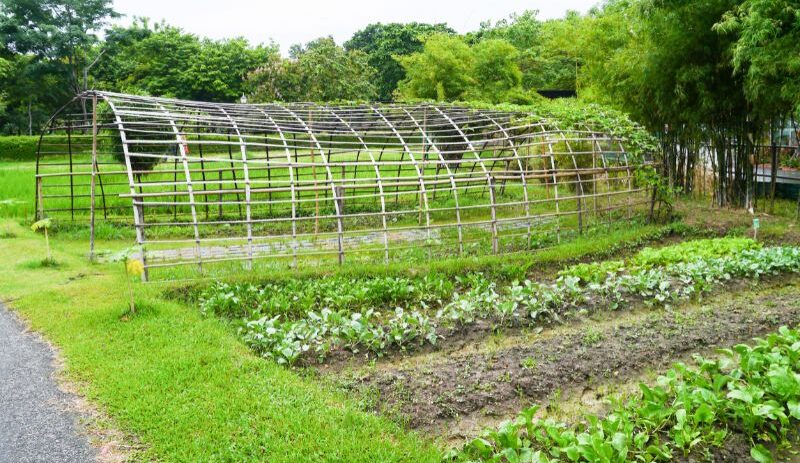
Planning Your Garden
asses your space
- Sunlight: Most vegetables and herbs require at least 6-8 hours of direct sunlight daily. Choose a spot that gets plenty of light.
- Soil: Good soil is crucial. If your soil is poor, consider raised beds or container gardening with quality potting soil.
- Water Access: Ensure your garden is close to a water source for easy watering.
Decide What to Grow
- Start with easy-to-grow, high-yield plants that suit your climate and taste preferences.
- Consider vegetables like tomatoes, lettuce, cucumbers, and herbs like basil, parsley, and thyme.
Garden Layout
- Plan the layout based on your space. Raised beds, containers, and vertical gardening are great options for small spaces.
- Group plants with similar water and sunlight needs together.
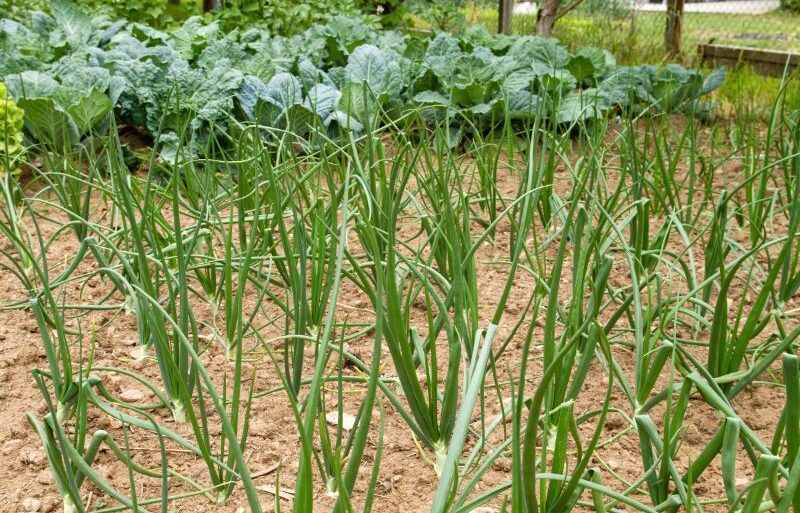
Preparing the soil
testing the soil
- Test your soil’s pH and nutrient levels. Most vegetables prefer slightly acidic to neutral soil (pH 6.0-7.0).
improving the soil
- Add organic matter like compost or well-rotted manure to improve soil structure and fertility.
- Ensure good drainage to prevent waterlogging.
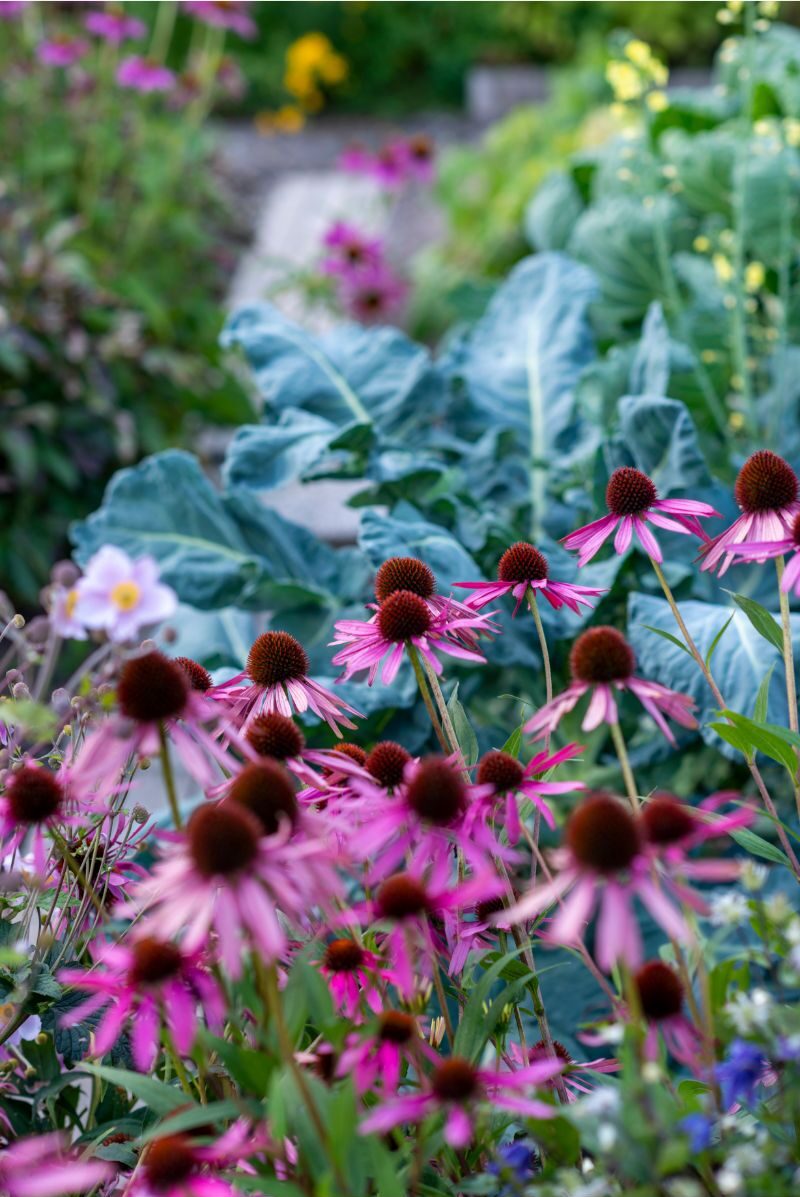
Choosing the right plants
Seeds or seedlings
- Seeds: Cheaper and offer a wider variety, but require more time and care.
- Seedlings: More convenient and faster, but can be more expensive.
companion planting
- Plant compatible species together to enhance growth and deter pests. For example, tomatoes and basil grow well together.
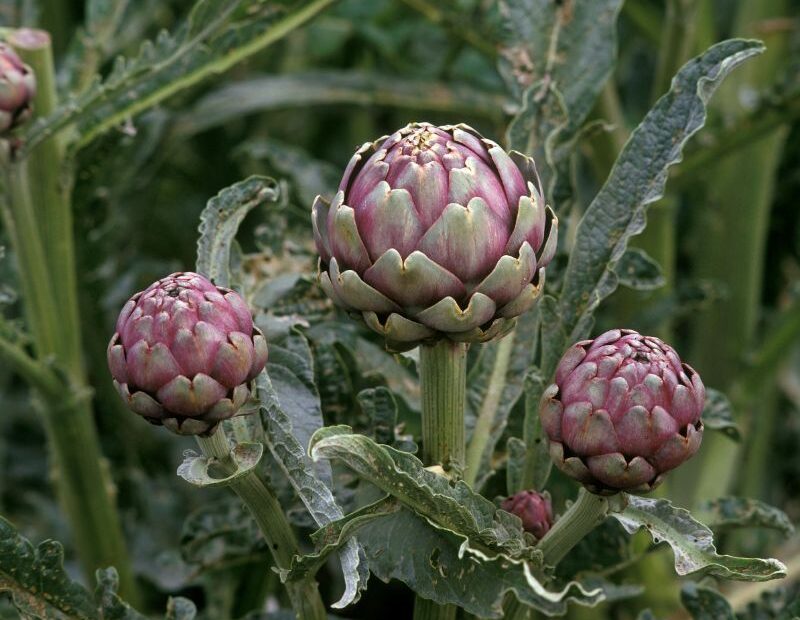
Planting your garden
sowing seeds
- Follow the instructions on the seed packet for depth and spacing.
- Start seeds indoors if you have a short growing season, then transplant seedlings outdoors.
transplanting seedlings
- Harden off seedlings by gradually exposing them to outdoor conditions over a week before planting them in the garden.
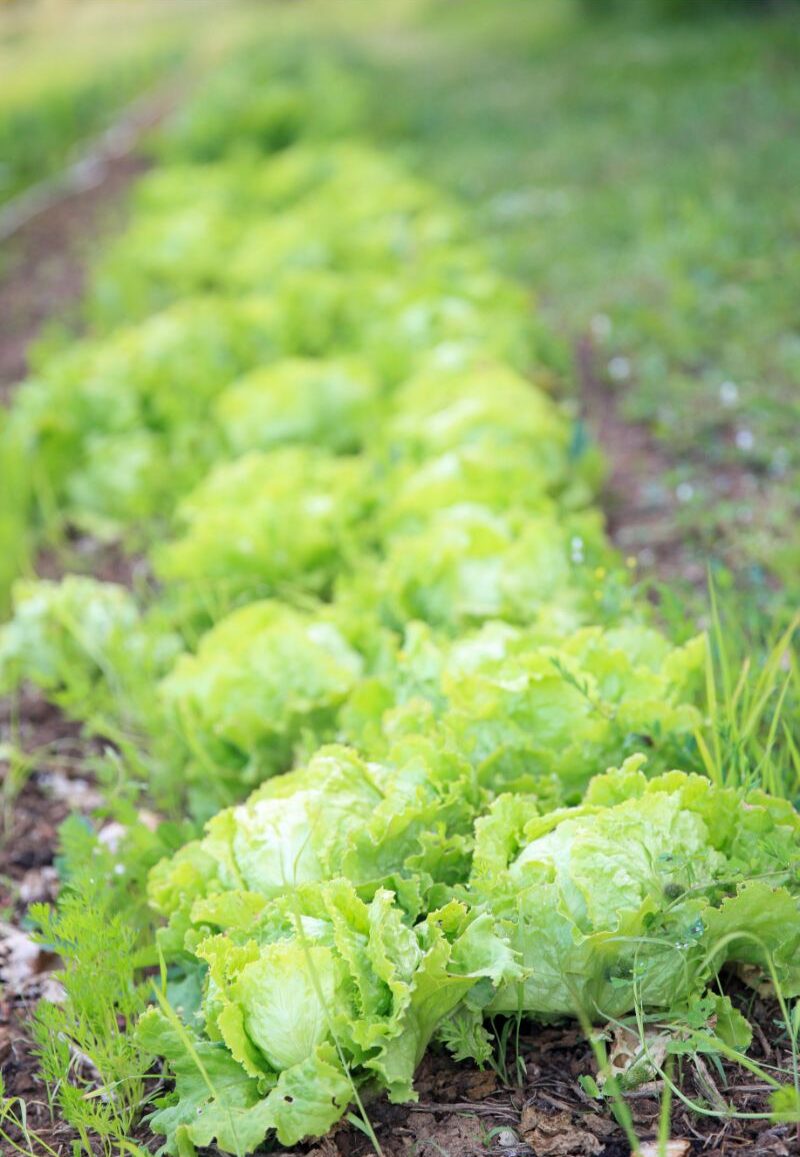
Caring for your garden
- Watering: Water deeply and regularly, aiming for the soil to be consistently moist but not waterlogged. Early morning watering is best to reduce evaporation and prevent fungal diseases.
- Mulching: Apply mulch around plants to retain soil moisture, suppress weeds, and regulate soil temperature.
- Fertilizing: Use organic fertilizers like compost, fish emulsion, or well-rotted manure. Follow a regular feeding schedule based on the needs of your plants.
- Weeding and Pest Control: Regularly remove weeds to prevent them from competing with your plants for nutrients. Use organic pest control methods, such as neem oil, insecticidal soap, or introducing beneficial insects like ladybugs.
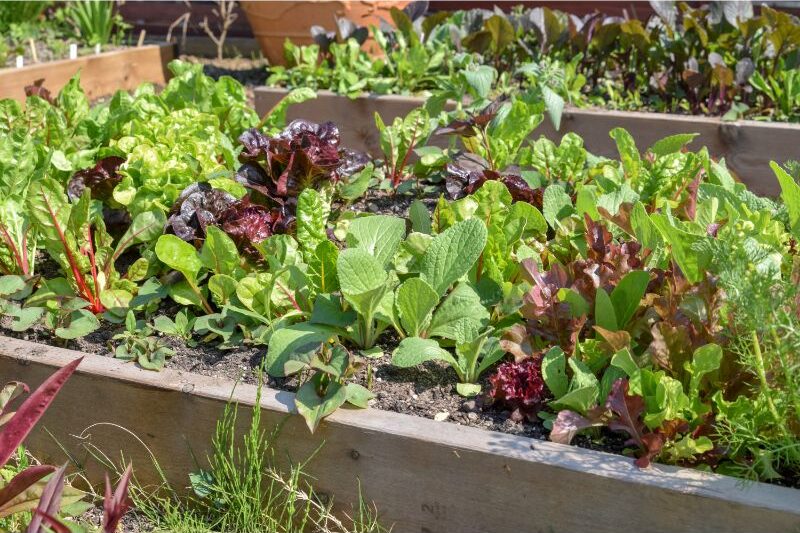
Harvesting
timing
- Harvest vegetables at their peak ripeness for the best flavor and nutrition.
- Regular harvesting encourages more production, especially for plants like beans and zucchini.
techniques
- Use clean, sharp tools to avoid damaging plants.
- Handle produce gently to prevent bruising.
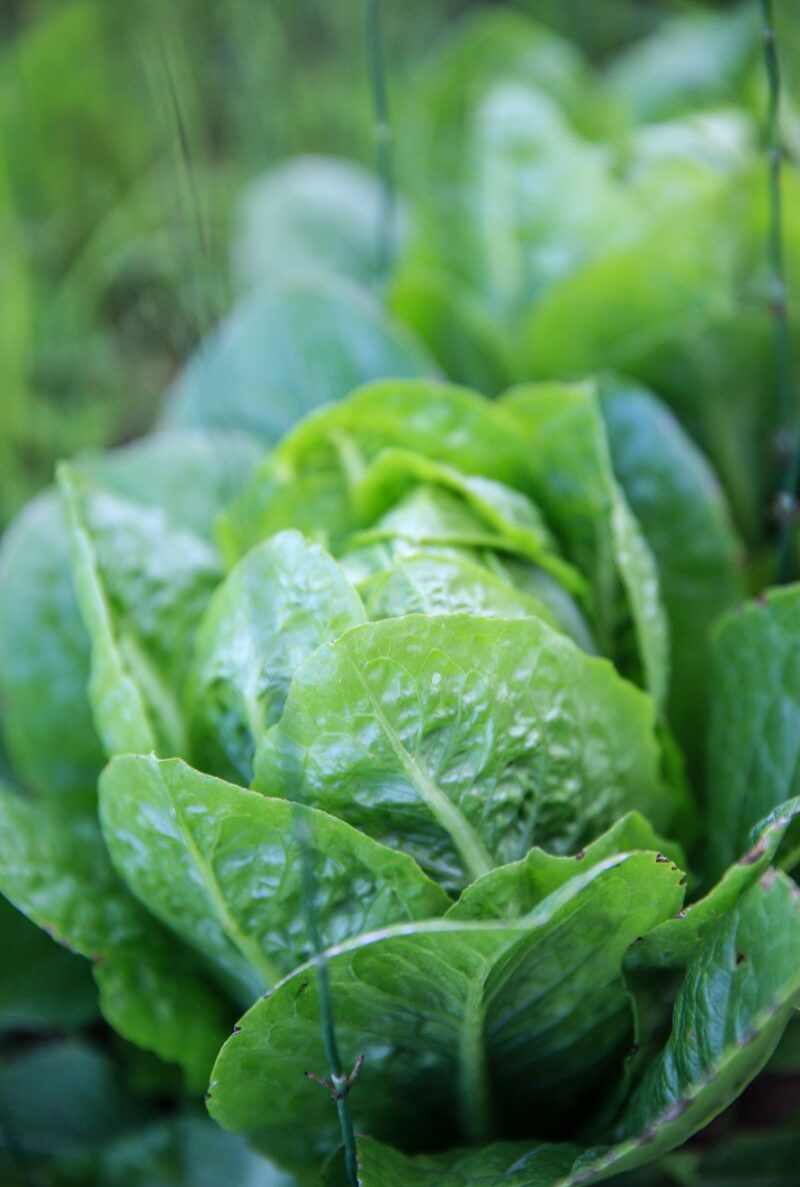
Simple garden design ideas
raised beds
- Ideal for better soil control and accessibility. Fill with high-quality soil and compost.
container gardening
- Perfect for patios, balconies, or small spaces. Choose containers with good drainage and appropriate size for your plants.
vertical gardening
- Use trellises, hanging pots, or wall-mounted planters to maximize space. Great for climbers like tomatoes, cucumbers, and beans.
herb spiral
- Create a spiral-shaped garden bed to grow herbs with different water and light needs in a compact space.

Epilogue
Creating a kitchen garden is a fulfilling endeavor that brings fresh, homegrown produce right to your doorstep. By following these steps, you can set up a productive and beautiful garden, regardless of your available space. Start small, experiment with different plants, and enjoy the process of nurturing and harvesting your own food.
Happy gardening!
**This post may contain affiliate links, which means I make a small commission at no extra cost to you**